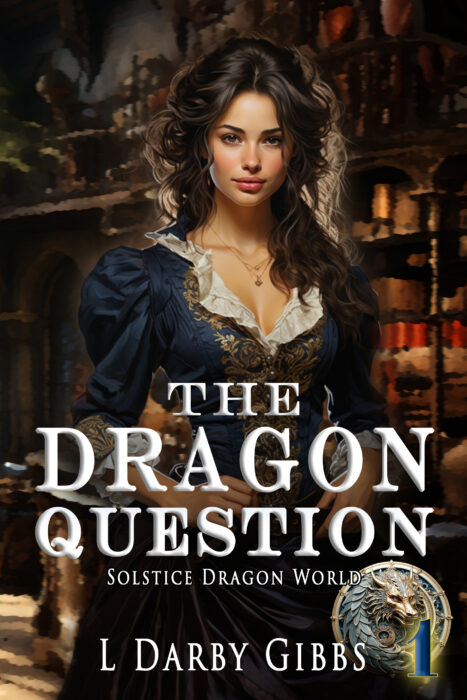Photo by rawpixel on Unsplash When I write, it is the voice of the character that comes first. I hear the dialogue, and it generates setting, conflict and motivation for me. So when I write, dialogue is first. Sure, there will be tags and description that comes with it, but it is minimalistic. After a…
Tag: characterization
Who is one of your favorite characters from the Students of Jump series? That depends on what you mean by character. Human character: I would say Mick Jenkins from books 1, 2 and 3. Non-human character: Puff from book 4. Mick Jenkins: I really like Mick because he is a good mix of the tough…
Poorly written stories make for a blurry book, lacking color Lately, due to my lighter teaching schedule, I have been reading a book a week, minimum. (Last year, a book every two months was my average.) Usually I will read a book to the end, waiting for it to redeem itself if it is less…
We fiction writers attempt to create authentic character experience, largely from events we have never experienced. Of course, we often draw from memories to bring verisimilitude to our writing, but just as often, if not more so, we write of things we have never seen, touched, emotionally felt or responded to. Writers attempt to create…
I read an article about the various distinct cultural nations within the United States and found it very useful for determining the underlying influences of characters in fiction. In this article which made use of the work of Colin Woodard, Matthew Speizer provides (This map shows the US really has 11 separate ‘nations’ with entirely…
Not just plants are regional: words, too. I moved all over the place when I was a kid, and I collected words and differences in pronunciation of words like most kids collected bubble gum trading cards. Milkshake, cabinet, frappe Even though these words reference the same thing, each brings a different feel to the image….
Let’s face it, Ernest Hemingway does everything right, so I could focus on a variety of qualities in his writing and gain insight. But for the purpose of this post, I am giving my attention to his use of theme, so I am turning to the high school standard read The Old Man and the…
building character from within The variety of ways one can convey a character’s viewpoint are many and challenging. Dialogue, other character’s viewpoint, narrator, info dump and internal thought as a type of dialogue and first person speaker and then imbedded thinking stuck right inside the narration. I find such character reveals, when done well, a…
